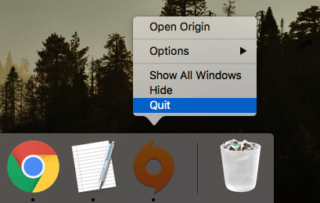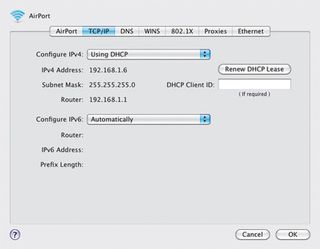
Wait for a moment after it’s completely powered down, then hold the power button to bring your system back to life. Or, you can use the command+control buttons while holding the power button. Then, wait for 30-seconds to turn it back on. To do this, you can either hold down the power button and wait for it to turn off. If the app you’re struggling with is inaccessible because your entire computer is frozen, you can do a force restart on your Mac.

How can we remove these processes while we are closing the browser. If you’re working on the app and haven’t saved your progress, you will likely lose all of your progress. When I am trying to close the chrome browser using driver.quit() and driver.close(), browser is getting closed but chromedriver.exe process is not getting closed. If the app is in the middle of an update, it may cause some problems where you just need to uninstall then reinstall it. The answer depends on the app and what you’re doing with it. Does the “Force Quit” affect the application? If the app you’re having trouble with is already on your screen, this shortcut will take you directly to the app. Mac’s version of CTRL-Alt-Delete is “ command+option+esc,” which will access a pop-up menu of apps running. What is the keyboard shortcut to force quit an app? This process is very similar to method one listed above. Method 3 – Use a Shortcut on the Keyboardįor anyone who prefers to use a simple, basic shortcut on the keyboard to force-quit a program, it’s a very straightforward process. The Activity Monitor will show you which application is acting up. While your web browser may not be responding, it could be due to a glitch with another app on your Mac. We like this method for those times when you aren’t sure which application is having problems. All you need to do is press the Command+Space Bar key on your keyboard and type Activity Monitor in the search bar. Note: If for any reason, you have trouble finding the Activity Monitor application, you can use your Mac’s Spotlight function to find it quickly.
MAC QUIT ALL NETWORK PROCESSES WINDOWS
Method 2 – Use Activity Monitor to Shut Down an Appįor anyone who isn’t familiar with how Activity Monitor works, it’s very comparable to the ‘Task Manager’ in Windows or ‘System Monitor’ for Linux users. Depending on which application you are working with, it may give you the option to restore where you left off. Now, you can choose to reopen the application and continue working. Once you’ve completed these steps, the problem application will close.
MAC QUIT ALL NETWORK PROCESSES MAC
Make sure the troublesome application is active, on top of the other apps your Mac is running.What’s nice about this option is that regardless of how the application is behaving (it’s using all of your RAM, it’s unresponsive, etc.), it will quickly close the problem application. One of the easier and more universal options to force quit an app is using the Apple menu. You may receive an error, or the app may not respond. See man killall for details.Unfortunately, this doesn’t always work. The killall command does essentially the same, with the main difference being that it lets you specify target processes by their names. The useful part of these filter views is.

You also can see processes started by you, by the system, and ones that are active or have gone inactive. You can choose to view only processes that have windows, which will show the same list as the Force Quit menu. With kill you have to specify the target process by its process ID. Under the View menu in the top menu bar, you can change which processes will show up. do some cleaning up before terminating.Ī more forceful signal would be the KILL (9) signal, which forces the process to terminate immediately.įor more information and a complete list of signals, run man kill.

The specification of the TERM signal is designed to give the addressed process a chance to shutdown gracefully, i. You’ll then see all the apps you can force quit, but this option does not show any processes. There are straightforward methods to force a program to stop, for example, the Force Quit command, which you can activate by pressing esc in the Apple Menu. If you don't specify a signal, the default will be used, which is the TERM (15) signal. Double-click Activity Monitor to open it. On Mac OS, the application can use one or multiple processes to function. The signals have defined names and numeric codes. There are many different signals that can be sent to processes. The kill command is a UNIX command (macOS is a UNIX variant) that sends signals to processes.


 0 kommentar(er)
0 kommentar(er)
